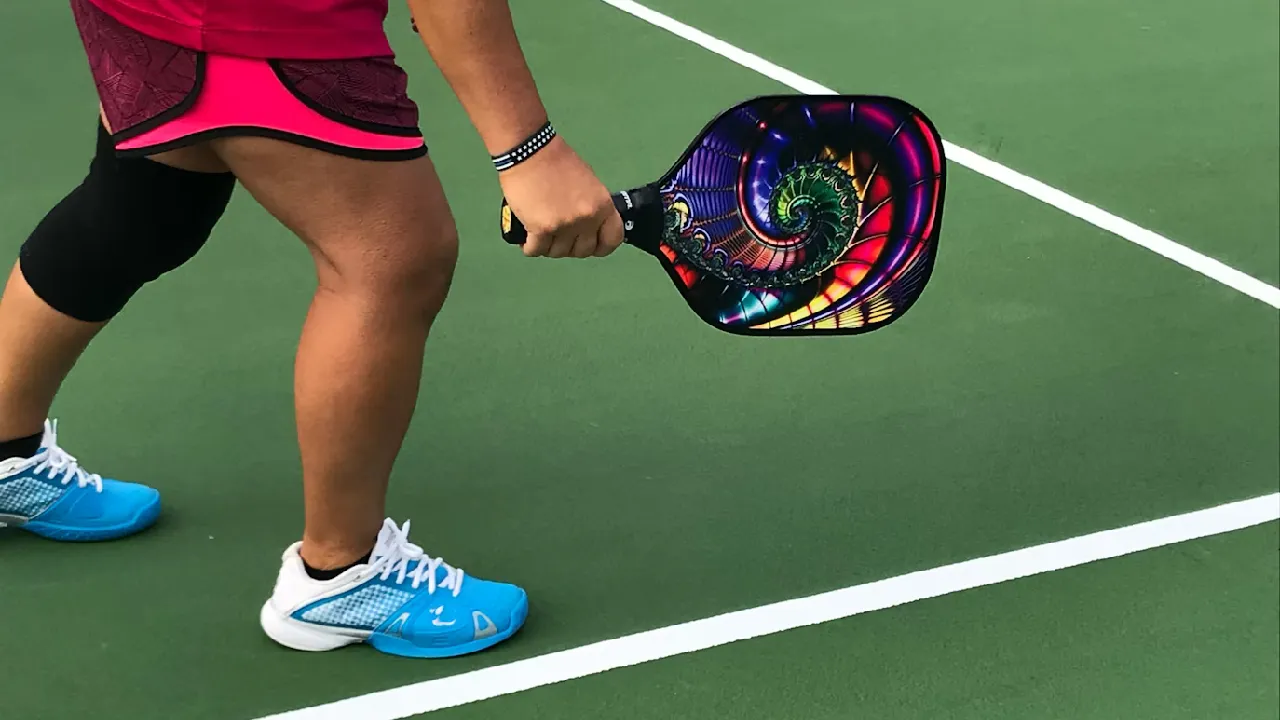Pickleball Court Rules You Should Know Before Playing
Pickleball is one of the fastest-growing sports in America, loved for its simplicity, strategy, and social appeal. Before you step onto the court, it’s essential to understand the official rules that govern play. From court dimensions and serving techniques to common player questions—like can 2 people play pickleball or can you volley in pickleball—this guide covers everything you need to know to play confidently and fairly.
Court Layout and Dimensions
A standard pickleball court measures 20 feet wide by 44 feet long, the same for both singles and doubles play. The net stands 36 inches high at the sidelines and dips to 34 inches at center. The court is divided into right and left service courts by a centerline, and there’s a 7-foot non-volley zone—often called "the kitchen"—on each side of the net.
Baseline: Back line where players serve.
Sidelines: Define the width of the court.
Non-Volley Zone (Kitchen): 7 feet from the net on each side.
Service Courts: Right and left areas where serves must land.
With these measurements in mind, you can sketch temporary lines on asphalt or install permanent court markings to stay within regulation.
Basic Court Rules
Scoring: Only the serving side can score points. Games are typically played to 11, win by 2.
Double Bounce Rule: After the serve, each side must let the ball bounce once before volleying.
Faults: Hitting the ball out of bounds, in the non-volley zone on a volley, or committing serving errors all count as faults and end the rally.
Side Switching: Teams switch sides after the first team reaches 6 points in an 11-point game.
Understanding these foundations helps avoid common mistakes and disputes, allowing play to flow smoothly.
Serving Rules
The serve is your chance to start the rally with an edge, so mastering it is key. Many players ask, "What is the best way to serve in pickleball?" and "can you toss the ball up on a pickleball serve?" Here’s what you need to know:
Underhand Serve: The server must strike the ball below the waist, with the highest point of contact below the navel.
Foot Faults: Both feet must stay behind the baseline, and you cannot step into the court until the ball is hit.
Toss: You can you toss the ball up on a pickleball serve—yes, a toss of any height is legal, but the paddle must hit below waist level.
Diagonal Landing: The serve must travel diagonally across the court and land beyond the non-volley zone.
One Attempt: Unlike tennis, there are no second serves; a serve that hits the net and lands in bounds (let serve) is replayed, but any fault costs the point.
Pro Tip: The best way to serve in pickleball is to keep it deep and low, just beyond the kitchen line, forcing your opponents to hit up on the ball and giving you the chance to control the net.
Player Configurations: Can 2 People Play Pickleball?
Yes—pickleball is typically played either as singles (one-on-one) or doubles (two-on-two). When two people play pickleball against another pair, it’s called doubles. Doubles is more social and involves more court coverage, while singles requires speed and endurance. Regardless of format, the court size and rules remain the same; only the strategy changes.
The Double Hit Rule: Can You Double Hit in Pickleball?
A frequent question is, "can you double hit in pickleball?" The answer:
Sequential Hits: If two hits occur during one continuous motion (like a double bounce off the paddle face), it’s legal.
Separate Motions: Hitting the ball twice in a distinct action is a fault.
Juggling Exception: You can’t trap and juggle the ball on your paddle to set up a shot.
Understanding the nuance helps players avoid unintentional faults during fast rallies.
Overhand Hits: Can You Hit Overhand in Pickleball?
Another popular query is, "can you hit overhand in pickleball?" The simple answer:
No Overhand Contact: All shots—including smashes—must be struck below the waist and with an underhand motion. Overhand swings (like a tennis serve) are illegal.
Exceptions: You can jump and hit a downward smash, but your paddle head must contact the ball below waist height.
This rule keeps play fair and accessible, ensuring no player uses a towering overhand serve or strike to dominate.
Net Play and Volleys
A critical part of advanced strategy is at the net. You might wonder, "can you reach over the net in pickleball?" or "can you volley in pickleball?" Here’s how it works:
Reaching Over: You can you reach over the net in pickleball only if you do not contact the net or interfere with your opponent’s play. You must strike the ball on your side first, or immediately after it crosses.
Volleying: You can you volley in pickleball outside the non-volley zone. Any contact within the kitchen on a volley is a fault.
Follow-Through: Your follow-through can cross the plane of the net, provided you don’t touch the net or the opponent’s court.
Mastering net play gives you control over the point and opens opportunities for volleys and put-away shots.
Court Surface: Can You Play Pickleball on Asphalt?
Absolutely. Many community courts and driveways are made of asphalt. But be aware:
Temporary Lines: Use chalk or tape to mark court boundaries.
Ball Wear: Outdoor balls will wear quickly on rough asphalt; expect faster abrasion.
Traction: Players should wear court shoes with non-marking soles for grip.
Asphalt is a practical and affordable option. If you’re serious, consider resurfacing with an acrylic coating or switching to pickleball sport court tiles for better bounce and reduced joint stress.
Etiquette and Sportsmanship
Good conduct keeps the game enjoyable for everyone:
Call Your Own Lines: Honor system—call the ball in or out on your side.
Avoid Loud Celebrations: Keep it friendly.
Let serve replays: If in doubt, replay the point.
Respect Opponents: Offer a handshake or wave after each match.
Following etiquette fosters a positive community and encourages new players.
Conclusion
Pickleball’s simple format belies the depth of strategy and skill it offers. Knowing the court rules—from serving exactly below the waist to understanding whether two people play pickleball or if you can double hit in pickleball—ensures fair, competitive, and fun matches. Whether you’re volleying at the net, smashing low-cut returns, or testing your skills on asphalt, adherence to regulations and good sportsmanship makes pickleball one of the most welcoming racquet sports around.
Grab your paddle, find a court, and enjoy the fastest-growing sport in America!
FAQs
Q1. Can beginners play on any court surface?
Yes, but surfaces like acrylic or modular tiles offer better comfort than bare asphalt. Check out our best-in-class pickleball courts for a top-notch experience.
Q2. Is the kitchen a no-play zone?
Only for volleys; you can enter after the ball bounces.
COMMENTS
Sort by :





Leave A Comment